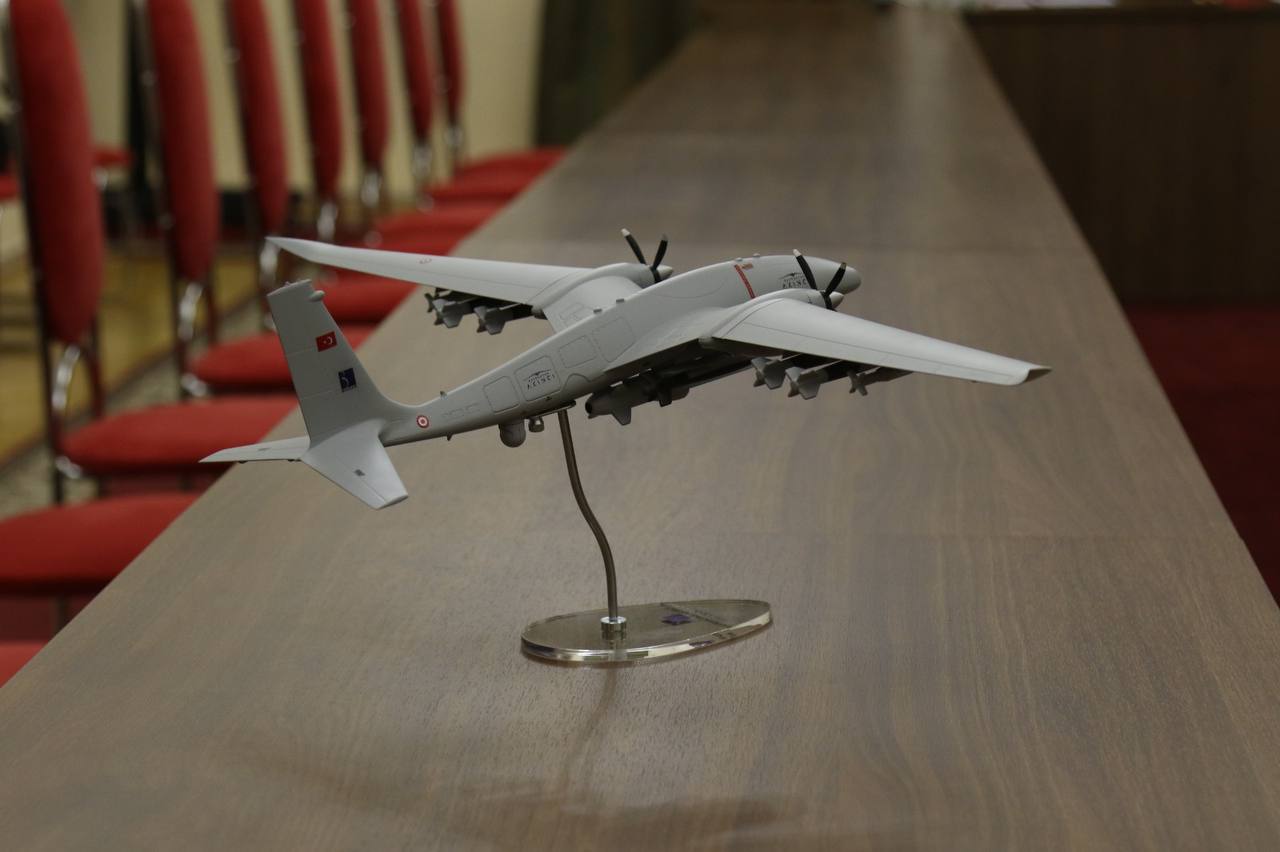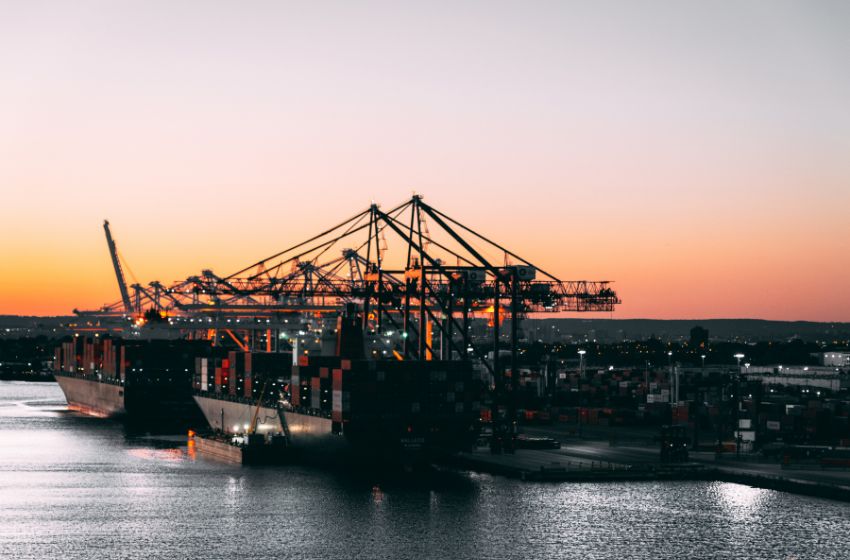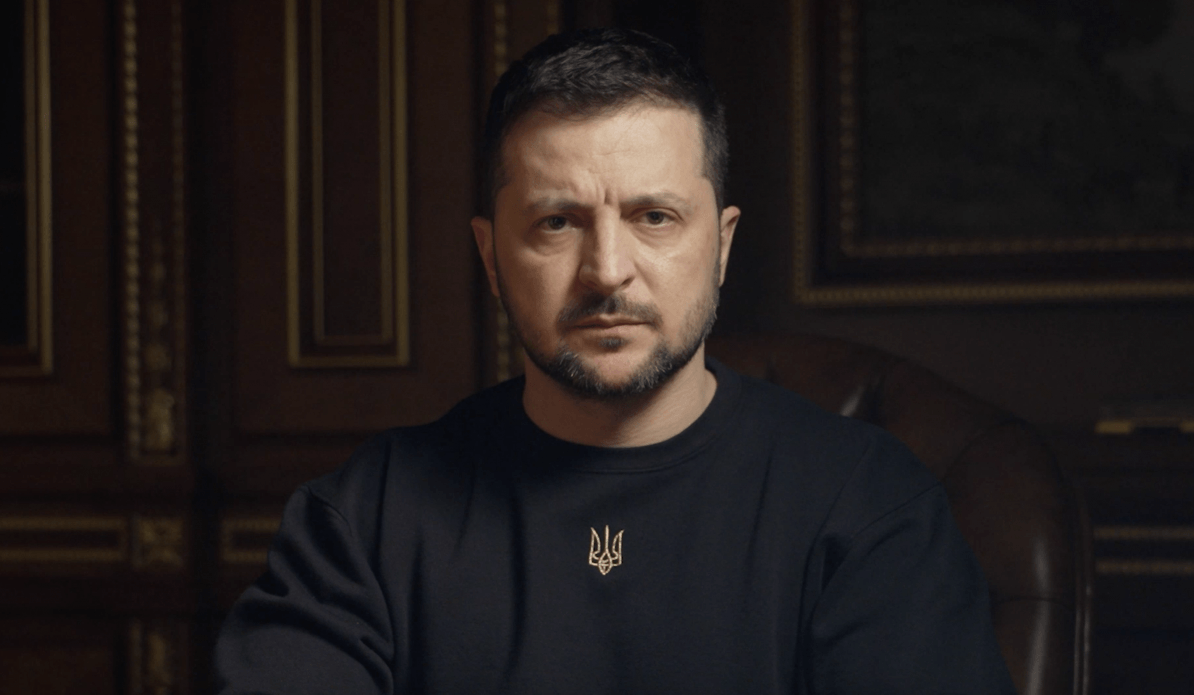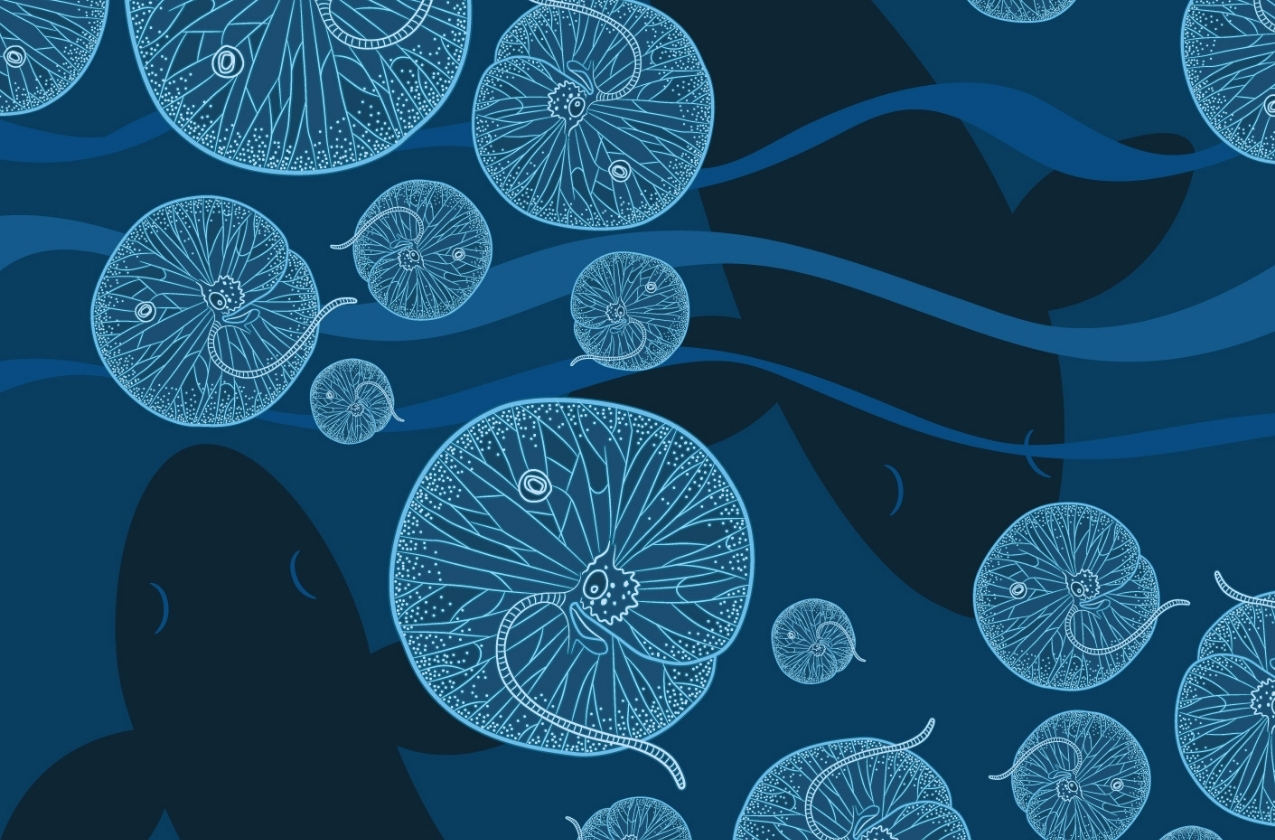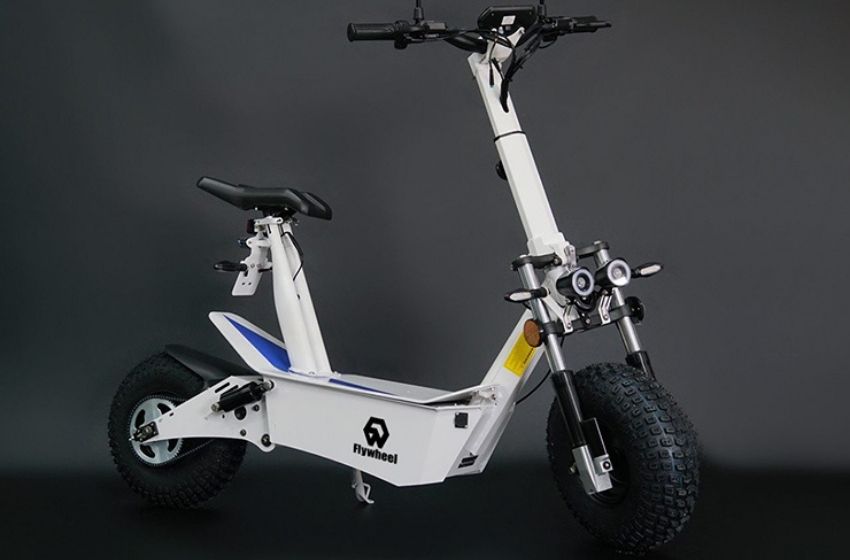Main — Без рубрики — Secrets of the Black Sea: Why does plankton “travel” from the depths to the surface and back?
Без рубрикиSecrets of the Black Sea: Why does plankton “travel” from the depths to the surface and back?
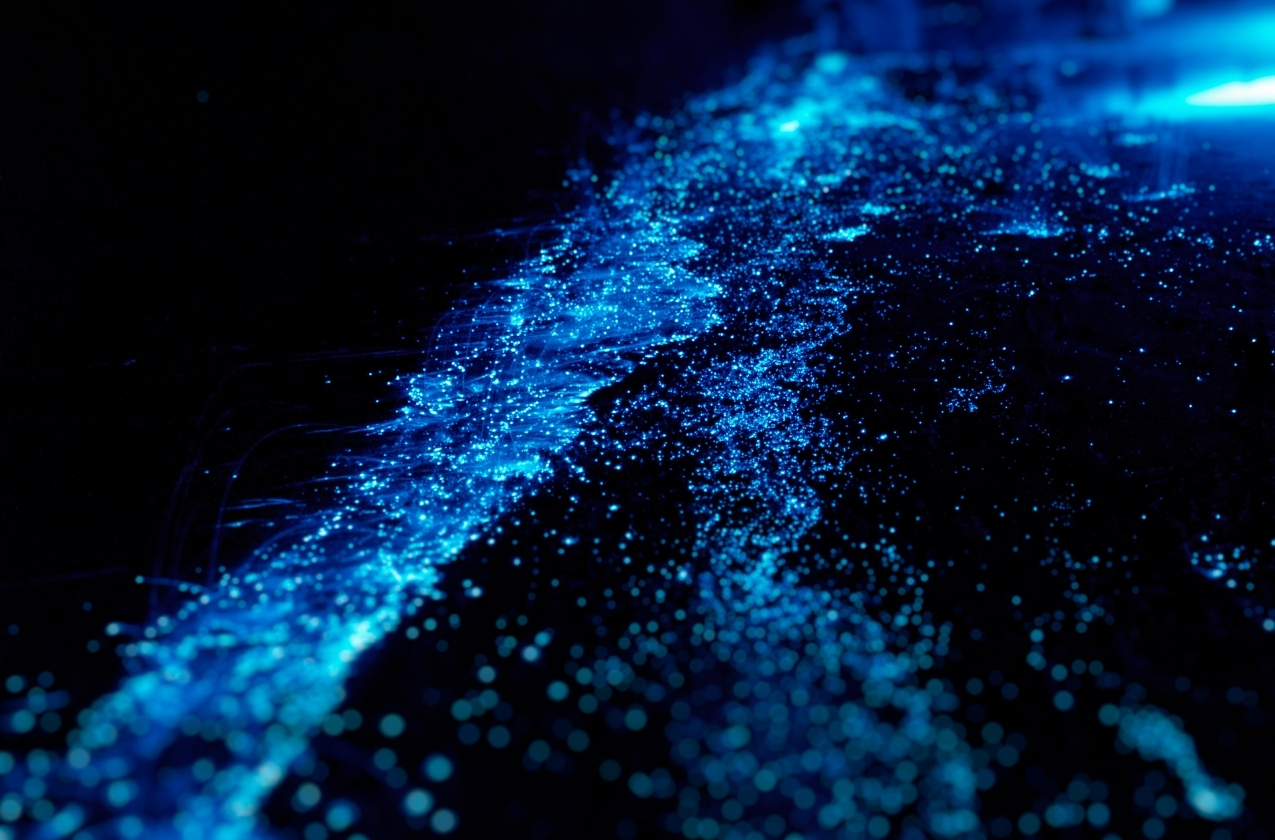
The term ‘plankton’ refers to all organisms who are unable to resist a current. As a rule, they are small (except for jellyfish and ctenophores). Plankton can be divided into phytoplankton (micro algae), and zooplankton (small animals, mainly crustaceans). Within the space of a day, many species of zooplankton carry out long-distance (relative to their body size) vertical migrations. In the daytime, they rest in the deepest layers of the water column, and in twilight they return upwards, coming close to or reaching the surface, and concentrating in a thin upper layer. With the sunrise, these species once more return to deep water.
The most noteworthy vertical migrations in the Black Sea are performed by copepods – calanus (Calanus euxinus) and pseudocalanus (Pseudocalanus elongates). They rise from a depth of 100-150m to surface waters rich in phytoplankton. Other copepods also migrate during the day, e.g. oithona (Oithona similis), centropages (Centropages kroyeri), and even a few organisms not related to copepods, such as the predatory arrow worm (Sagitta setosa).
Scientists say that the biological rationale for vertical migration lies in the fact that at night, plankton become less visible to predators, although many migrants glow in the dark and reveal themselves even at night. Moreover, there are a multiplicity of predators, who themselves perform daily vertical migrations. There is also a hypothesis that vertical migrations under conditions of different speeds of current, and at different depths, cause the dispersal of migrating crustaceans’ populations. This dispersal is necessary to prevent the complete predation of phytoplankton by dense accumulations of zooplankton. In this connection, the following analogy can be drawn: herds of hoofed animals moving constantly across the area save their pastures from being completely eaten away. At the least, it is believed that vertical migrations are connected of energy exchange. It is more profitable for zooplankton to spend the majority of the day in the cold waters of the deep pelagic zone, where their metabolic rate is lower.

So, how does plankton know when it is time to go up or down? During the eclipse on the 30th of June 1954, when the solar disc was covered and the luminosity of the sea surface became 17 times lower, more than 70% of plankton organisms rapidly rose from the 14-5m layer to the 5-0m layer. Later, such a rise was noted among all plankton species, which proved that luminosity was the main factor regulating their vertical migrations.
This raises the question: what would happen if luminosity didn’t change for a long time, say for three or four weeks? Would zooplankton follow its usual daily migration patterns? Such a case was observed in the Arctic in the midst of the polar summer, when there was no sunset for more than 24 hours. It turned out that during the polar day, plankton stayed at the same depth without migrating, whilst in autumn, when day and night alternated, it began to carry out its daily migrations again.
It should be said that besides plankton, there are several other large ecological groups in the sea. Nekton are active swimmers, who can determine the direction of their movement and are therefore not at the sole mercy of currents. In the Black Sea, this group is represented first by all by pelagic (i.e. living in open sea waters, not along the seafloor) fish and cetaceans. Marine dwellers, which spend the majority of their life at the seafloor are called benthos. These can be further divided into phyto (algae) and zoobenthos (bottom animals). And what about demersal fish, such as turbots, rays, gobies, blennies, and black scorpionfish? They can swim actively, but almost all the time stay in a thin bottom layer of water or directly at the seafloor, which is why they are known as nektobenthos and benthonekton. Periphyton is a community of fouling organisms which in nature settle first of all on the surfaces of seaweed and macroscopic algae, turtle shells, and on whales’ skin. A separate group is neuston or pleuston, living in the water surface tension area at the air-water boundary. Yes, our Black Sea is very diverse!
The publication was prepared with the financial support of the EU – UNDP project ‘Improving Environmental Monitoring in the Black Sea: Selected measures’ (EMBLAS-Plus). This publication was produced with the financial support of the European Union and UNDP. Its contents are the sole responsibility of the authors and do not necessarily reflect the views of the European Union or UNDP
Authors: B. Aleksandrov, O. Adrianova, N. Atamas, V. Bolshakov, O. Bondarenko, I. Chernichko, V. Demchenko, S. Dyatlov, Y. Dykhanov, E. Dykyi, O. Garkusha, P. Gol’din, S. Hutornoy, V. Komorin, Y. Kvach, V. Mamaev, O. Manturova, O. Marushevska, A. Mikelyan, Yu. Mikhalev, G. Minicheva, I. Sinegub, T. Shiganova, J. Slobodnik, A. Snigiryova, M. Son, K. Vishnyakova, A. Zotov. Illustrator: I. Pustovar.














